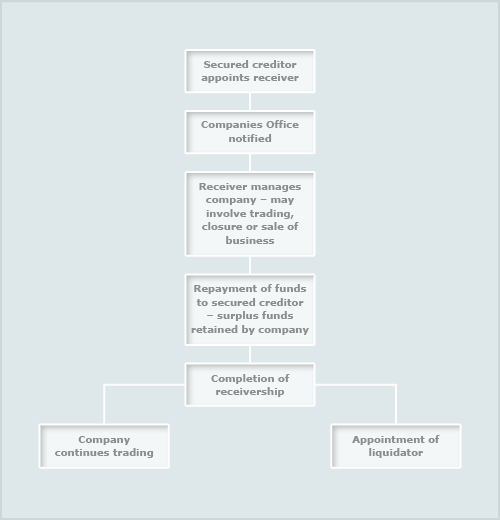The Evolution of High Frequency Trading Strategies
The Evolution of High Frequency Trading Strategies
Introduction
High Frequency Trading (HFT) has emerged as a dominant force in modern financial markets, reshaping the landscape of trading with its lightning-fast algorithms and rapid-fire transactions. In this article, we delve into the evolution of HFT strategies, examining the key developments that have propelled its growth and the challenges it poses to traditional market participants.
Understanding High Frequency Trading Algorithms
At the heart of HFT are sophisticated algorithms designed to execute trades at speeds unimaginable to human traders. These algorithms leverage advanced mathematical models and cutting-edge technology to analyze vast amounts of market data and identify fleeting opportunities for profit. From simple arbitrage strategies to complex predictive models, HFT algorithms come in various forms, each tailored to exploit specific market inefficiencies.
Exploring the Impact of High Frequency Trading on Markets
The rise of HFT has had profound implications for financial markets worldwide. On one hand, proponents argue that HFT enhances market liquidity, narrows bid-ask spreads, and improves price discovery. On the other hand, critics raise concerns about market stability, citing instances of flash crashes and increased volatility attributed to HFT activity. The ongoing debate underscores the need for rigorous empirical research to









